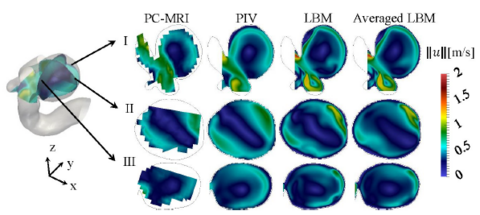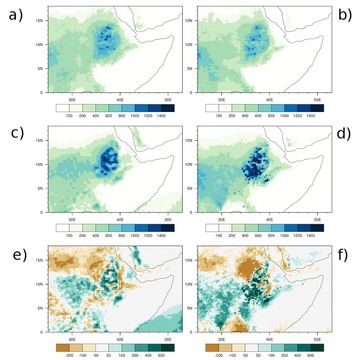- Home
- Results
- Materials Science and Chemistry
- Topology, Entanglement and Critical Phenomena in Correlated Quantum Matter
MATERIALS SCIENCE AND CHEMISTRY
Materials Science and Chemistry
Materials Science and Chemistry
Materials Science and Chemistry
Materials Science and Chemistry
Materials Science and Chemistry
Materials Science and Chemistry
Materials Science and Chemistry
Materials Science and Chemistry
Materials Science and Chemistry
Materials Science and Chemistry
Materials Science and Chemistry
Materials Science and Chemistry
Materials Science and Chemistry
Materials Science and Chemistry
Materials Science and Chemistry
Materials Science and Chemistry
Materials Science and Chemistry
Materials Science and Chemistry
Materials Science and Chemistry
Materials Science and Chemistry
Materials Science and Chemistry
Materials Science and Chemistry
Materials Science and Chemistry
Materials Science and Chemistry
Materials Science and Chemistry
Materials Science and Chemistry
Materials Science and Chemistry
Materials Science and Chemistry
Materials Science and Chemistry
Materials Science and Chemistry
Materials Science and Chemistry
Materials Science and Chemistry
Materials Science and Chemistry
Materials Science and Chemistry
Materials Science and Chemistry
Materials Science and Chemistry
Materials Science and Chemistry
Materials Science and Chemistry
Materials Science and Chemistry
Materials Science and Chemistry
Materials Science and Chemistry
Materials Science and Chemistry
Materials Science and Chemistry
Materials Science and Chemistry
Materials Science and Chemistry
Materials Science and Chemistry
Materials Science and Chemistry
Materials Science and Chemistry
Materials Science and Chemistry
Materials Science and Chemistry
Materials Science and Chemistry
Materials Science and Chemistry
Materials Science and Chemistry
Materials Science and Chemistry
Materials Science and Chemistry
Materials Science and Chemistry
Materials Science and Chemistry
Materials Science and Chemistry
Materials Science and Chemistry
Materials Science and Chemistry





































































































































































































































































































































































































































































































































































































































































